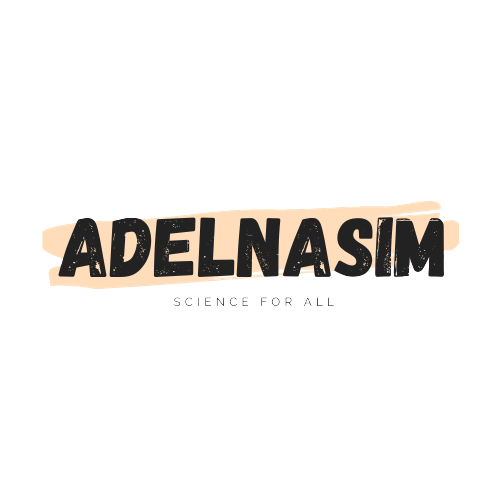STL C++
Introduction to Standard Template Library
The Standard Template Library (STL) is a powerful collection of classes and functions in C++ that provides reusable, generic algorithms, containers, and iterators. It’s an essential component of modern C++ programming and offers a wealth of functionality to simplify and enhance your code.
Key Components of STL:
- Containers:
Containers are objects that store collections of other objects. They provide a way to organize and manipulate data efficiently. STL provides several container classes, each with its unique characteristics:
– Vector: Dynamic array that automatically adjusts its size.
– List: Doubly linked list that allows for fast insertions and deletions anywhere in the list.
– Deque: Double-ended queue that supports fast insertion and deletion at both ends.
– Set: Collection of unique, sorted elements.
– Map: Collection of key-value pairs, where each key is unique.
– Stack: Container with Last-In-First-Out (LIFO) access.
– Queue: Container with First-In-First-Out (FIFO) access. - Iterators:
Iterators are objects that allow traversal through the elements of a container. They act as pointers and provide a uniform way to access the elements regardless of the underlying container implementation. There are different types of iterators:
– Input iterators: Allow reading elements from a container.
– Output iterators: Allow writing elements to a container.
– Forward iterators: Support forward traversal.
– Bidirectional iterators: Support bidirectional traversal (forward and backward).
– Random access iterators: Support random access to elements (e.g., accessing elements by index). - Algorithms:
Algorithms are functions that operate on containers through iterators. They perform various operations such as searching, sorting, modifying, and manipulating elements in containers. STL provides a wide range of algorithms for common tasks, including:
– Sorting: Sort elements in a container.
– Searching: Search for elements in a container.
– Transforming: Modify elements in a container based on certain criteria.
– Copying: Copy elements between containers.
– Merging: Merge elements from multiple containers into one sorted container.
And many more…
Types of Container
- Simple
– Pair - Sequence
– Array
– Vector
– Deque
– List
– Forward list - Associative
– Map
– Multimap
– Set
– Multiset - Unordered
– Unordered set
– Unordered multiset
– Unordered map
– Unordered multimap - Adapter
– Stack
– Queue
– Priority queue


